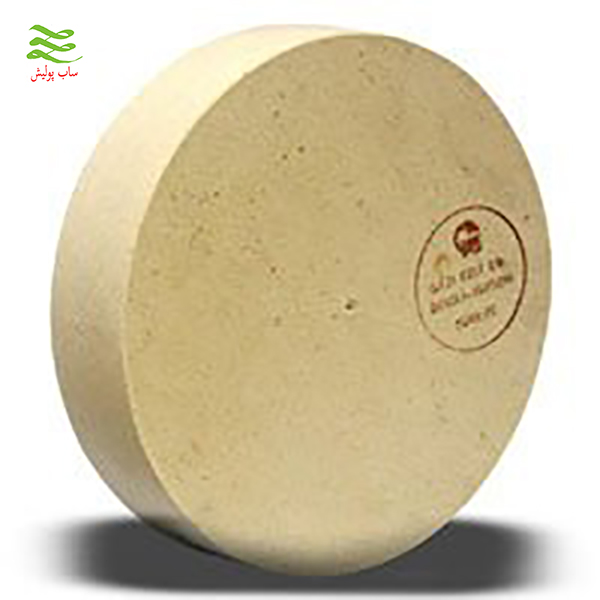
Felt polishing is a widely used finishing technique in various industries to achieve smooth, glossy surfaces. This method involves using felt pads or wheels in conjunction with polishing compounds to refine and enhance the appearance of different materials. This comprehensive guide will provide an in-depth look into felt polishing, its applications, benefits, and best practices.
Felt polishing is a process that uses felt, a non-woven textile made from compressed fibers, typically wool, to polish and buff surfaces. Felt pads or wheels are attached to power tools and used with polishing compounds to remove imperfections, scratches, and oxidation from materials such as metal, glass, plastic, and stone. The abrasive qualities of polishing compounds combined with the flexibility of felt allow for a controlled and effective polishing action.

Felt polishing pads come in various shapes, sizes, and densities to suit different applications. Here are some common types:
Each type serves a specific purpose and is chosen based on the shape, size, and material of the workpiece.
For related information, check out سنباده رولی.
Felt polishing is used across a wide range of industries due to its versatility and effectiveness. Some common applications include:
The adaptability of felt polishing makes it an essential technique in many manufacturing and finishing processes.

Felt polishing offers several advantages over other polishing methods:
These benefits make felt polishing a preferred choice for achieving professional-grade results.
For more information, see پرداخت کاری.
Using felt polishing pads effectively requires following a few key steps:
Proper technique is essential for achieving optimal results and avoiding damage to the workpiece.

Selecting the appropriate felt pad is crucial for achieving the desired outcome. Consider the following factors:
Taking these factors into account will help you choose the right felt pad for your specific needs.
For related information, check out سنباده رولی.
Proper maintenance and care will extend the life of your felt polishing pads and ensure consistent performance:
Regular maintenance will help you get the most out of your investment in felt polishing pads.
When using felt polishing tools and compounds, it is essential to follow safety precautions to prevent injury:
Prioritizing safety will help you avoid accidents and ensure a safe working environment.

Despite careful preparation and technique, you may encounter some common issues during felt polishing. Here are some tips for troubleshooting:
Addressing these issues promptly will help you achieve the desired results.
For more information, see پرداخت کاری.
Felt polishing is a valuable technique for achieving high-quality surface finishes across a wide range of materials. By understanding the different types of felt pads, their applications, benefits, and proper usage, you can achieve professional-grade results. Remember to prioritize safety and maintain your felt pads to ensure consistent performance and longevity. Whether you are working on metal, glass, plastic, or stone, felt polishing is an essential tool for enhancing the appearance and value of your work.
For related information, check out سنباده رولی.



